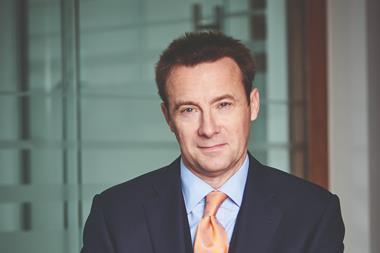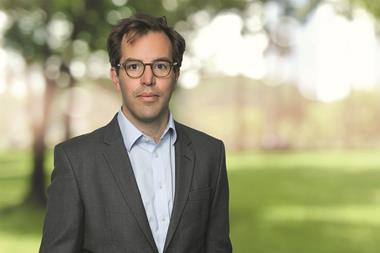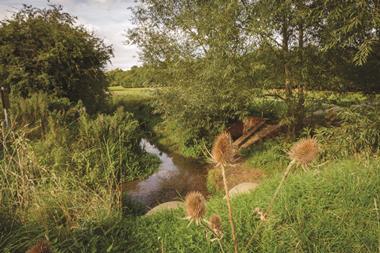Real estate is often thought of as an attractive inflation hedge, offering a close link to GDP that means that when the economy grows, demand for real estate tends to follow.

However, the changes to how we live our day-to-day lives alongside a heightened appreciation of sustainability brought about by the pandemic have left many with concerns about the income potential for certain sectors and assets. Perhaps more than any other asset class, offices and the way we work have become the lightning conductor for these debates.
How we work – whether it will be two days a week remotely, part time in a satellite suburban office or full time in a city-based office that offers free yoga – is a subject that has featured heavily in the headlines of late. Why? To a certain extent, I think it is because we all have skin in the game.
However, more importantly, I think it is because the answer is incredibly complex and based not just on the carrot and stick of bringing employees back, but also the barrier that outdated office space is presenting to their return.
On the one hand, there is no doubt that emerging talent wants to go back to the office. A recent survey by Morning Consult on behalf of The New York Times found that 45% of workers wanted to be in the office full time, compared with 31% who wanted to be remote and 24% who wanted a hybrid arrangement.
However, we need to acknowledge that not all office space is on a level playing field. Increasingly, the best occupiers will only want high-quality, sustainable space that meets both their employees’ needs in terms of amenities and facilities, but also their own sustainability criteria.

Between the expansion of the Minimum Energy Efficiency Standard (MEES) in 2023 and the number of businesses signing The Climate Pledge, some offices are at serious risk of losing their value if they are not subject to future-proof investment. This is already making itself known in the occupier market – data from Cushman & Wakefield showed that just 30.1% of space under offer was new or refurbished at the end of Q4 2008, compared with 71.2% at the end of Q2 2021. The traffic is only going one way here.
We just agreed a new £109m development loan for an office development in London’s South Bank. One of the reasons we were so confident in our sponsors, Barings and LBS Properties, was the impressive green credentials they were targeting for the development, including a BREEAM ‘Excellent’ rating, with the aspiration to be net zero carbon.
We know this kind of environment in an enviable location will remain compelling in the years ahead and this means we can get comfortable with the sponsor’s business plan when underwriting a loan.
This is not limited to the UK, either.
In the US, we recently secured Microsoft as a new tenant at 830 Brickell, Miami. Beyond the fantastic location, the building is set to be LEED ‘Gold’ certified among other energy-efficient designs that make it appealing to a tenant of this calibre.
For the planet, for the wellbeing and productivity of your staff and for your returns, investing in green credentials is a complete no brainer.
Matteo Milan is a principal in real estate finance at Cain Internation
































No comments yet